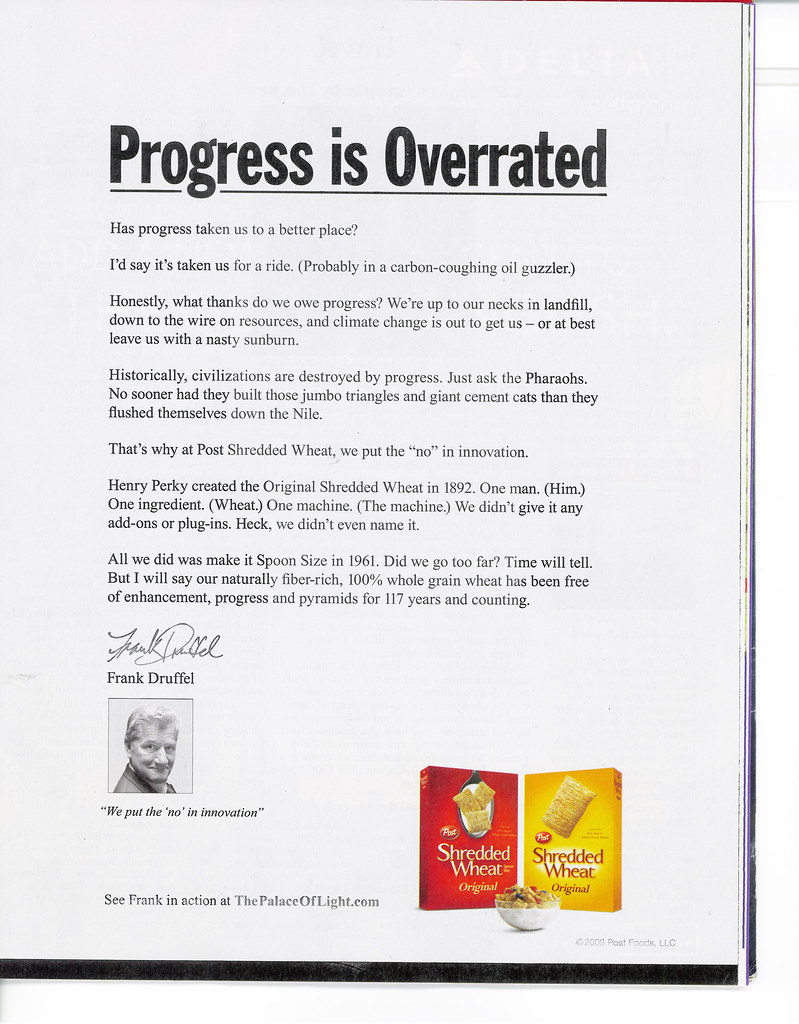I had a five-minute conversation with an angel investor last week and described the product I’m working on. His response: “Similar things are being done by bigger companies with giant marketing budgets, so you’ll need a very clever marketing idea to succeed. What is it?”
There was an uncomfortable pause. On one hand, I haven’t thought up any great marketing ideas yet and wondered if that was a hole in my plan. On the other hand, I was pretty sure this investor and I had very different perspectives on product development, but I didn’t have the language to succinctly express that gap.
I did understand what he meant. A few years ago I managed a large online dating service. We radically updated the design and added great features, but it was the online marketing that kept the revenue coming in. Why? I believe that while the design was good, the product wasn’t positioned to differentiate it from the competition. By contrast, if you design a product that’s different and more exciting than the competition, like the Anki DRIVE, there will be a lot more free media exposure and word of mouth to complement paid marketing.
My downfall, I think, is that I was trying to tell this investor about the product rather than show him. If my new and improved positioning is a result of product design, I need to show the product. For example, if I verbally described the Anki DRIVE as, “a racing game that combines an iOS app with physical race cars” that’s sounds mildly exciting. Watching the video is so much better…

 I think it’s fair to say the $100 Flip video camera is a disruptive play. I’m not too surprised it didn’t come from Canon or Sony, but instead from a company who
I think it’s fair to say the $100 Flip video camera is a disruptive play. I’m not too surprised it didn’t come from Canon or Sony, but instead from a company who